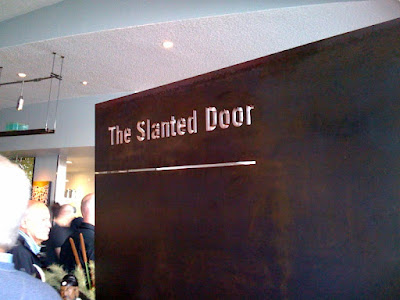
I suppose referring to San Francisco as my "hometown" would offend some actual city natives, but I'm sure getting tired of telling people I'm from "right next to Oakland, California." I speak expansively; I like to think that I am a product of the entire Bay Area, despite how little time I spent in the "city" when I was growing up. Still, if I'm looking for dungeness crab in San Francisco, there are only to places I go--R&G Lounge in Chinatown for Cantonese salt and pepper crab and PPQ Dungeness Island for Vietnamese roasted garlic crab.
More...

The restaurant is located in the Outer Richmond neighborhood. It's not particularly accessible by anything except a car and finding parking could be a real deterrent to coming here. Nonetheless, it looks like they expanded the restaurant since I had been here last, so you may have a much easier time getting a table. I had no trouble calling on Thursday to get a ten person reservation for Sunday evening though.
The above picture is PPQ's famed garlic roasted crab. Even though it isn't dungeness crab season, the flavor was still phenomenal. Part of the crab eating experience is the shell and the work. Personally, I always think that the reward tastes sweeter when it's earned with stainless steel crackers, digital dexterity, and your teeth (a bad idea for your teeth but oh so satisfying).

PPQ also has a peppercorn crab (pictured above), drunken crab, curry crab, and spicy crab, along with several other common Vietnamese dishes. Honestly, I couldn't distinguish much between the roast crab and the peppercorn; both are delicious. The restaurant is confident enough to name the place after its crab.
The other dish that you must get at PPQ Dungeness Island is the garlic noodles. I don't know how the Vietnamese do it, but their garlic noodles are so satisfying they could make a meal in themselves. In a glance, they look like plain noodles with nothing in them, but the flavors of those plain looking noodles will astound you.
PPQ Dungeness Island
2332 Clement St
(between 24th Ave & 25th Ave)
San Francisco, CA 94121
(415) 386-8266
Crab priced seasonally
^



























































